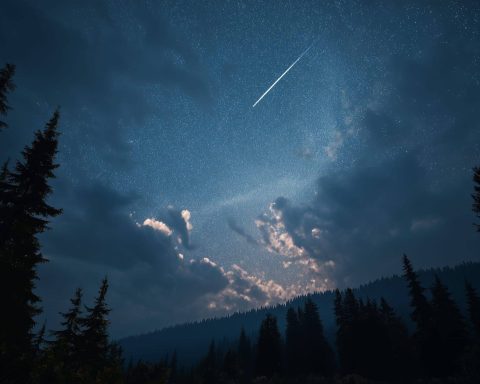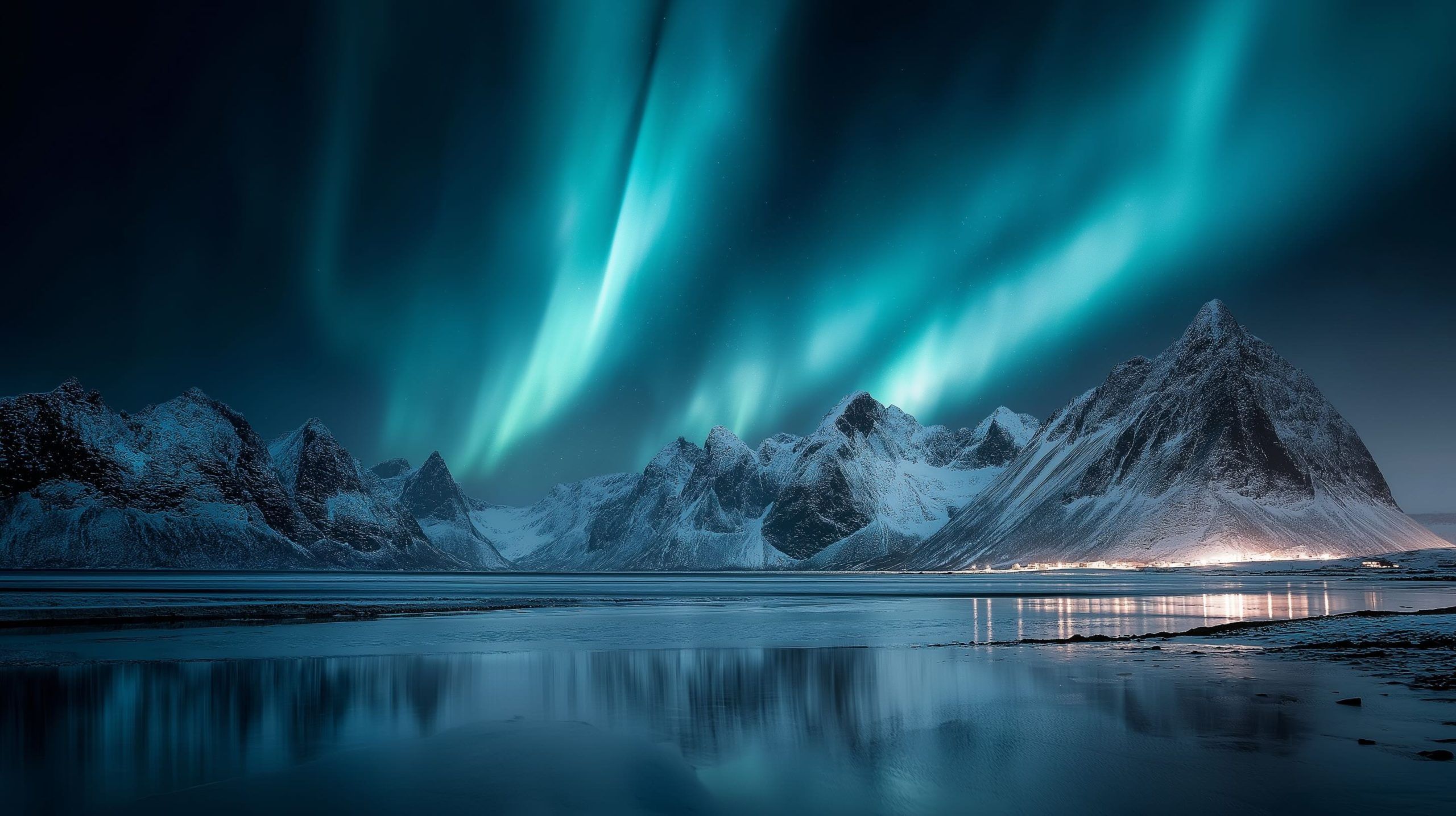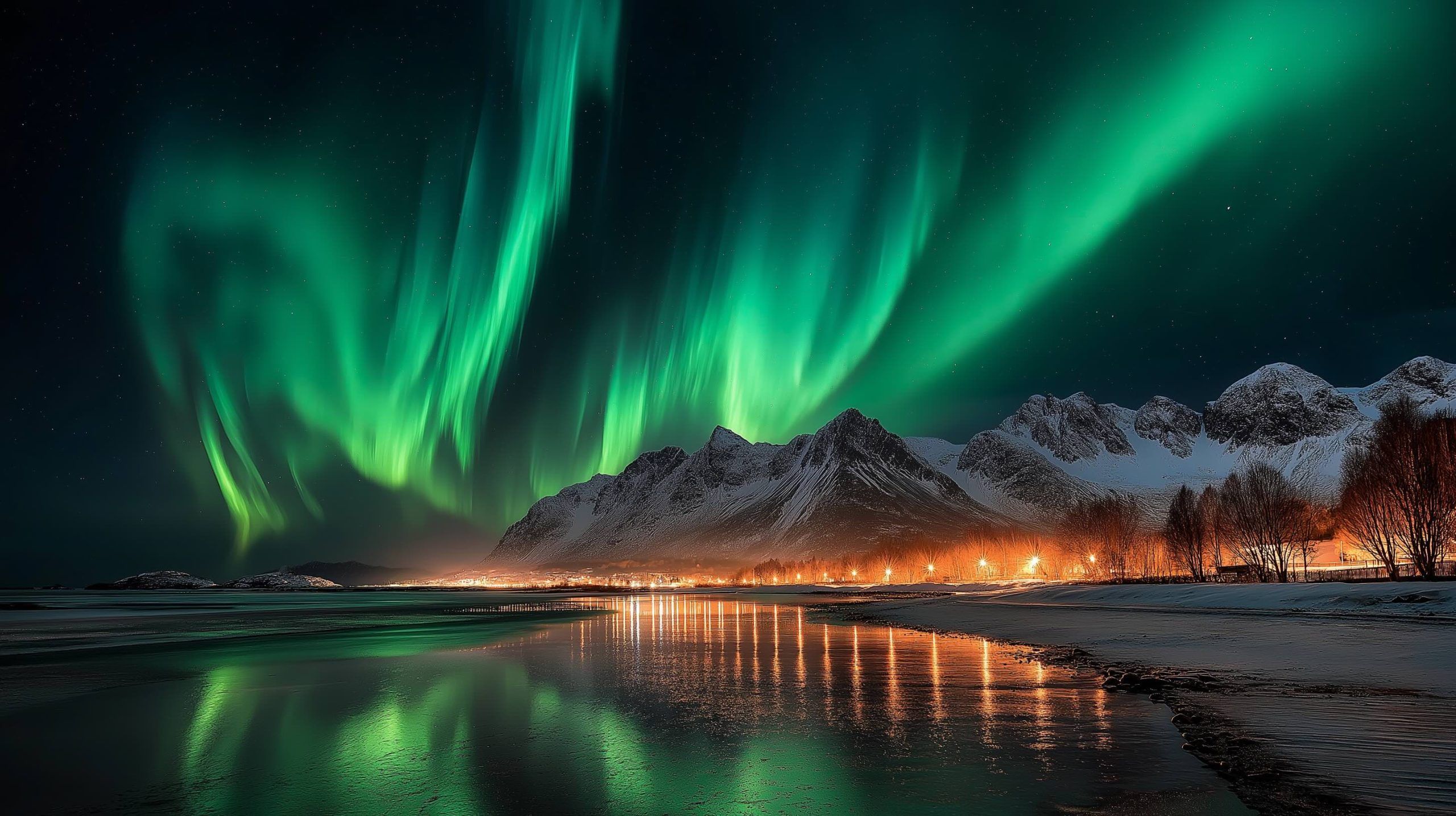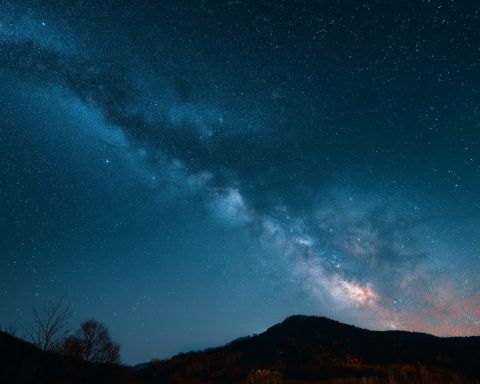
Night Sky Tonight, December 4, 2025: Cold Supermoon, Geminids Begin and Northern Lights Possible
The night sky on Thursday, December 4, 2025 is unusually busy. Skywatchers around the world are getting: Below is your complete, news-driven guide to what’s happening, why it matters, and how to see it tonight, wherever you are. 1. Cold





